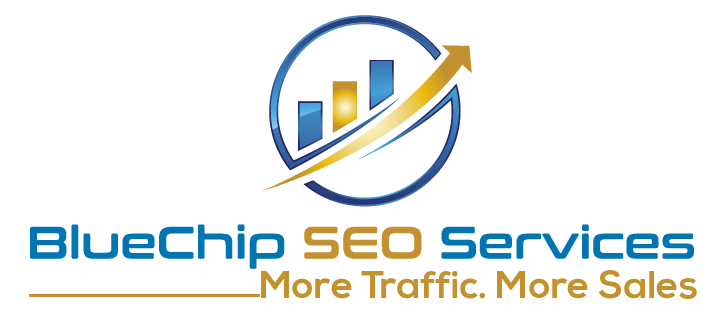On-page optimisation refers to the strategies used within a website to improve its ranking on search engines. These techniques focus on the content and structure of the website itself, rather than external factors like backlinks. By following best practices for on-page optimization, businesses and individuals can improve the visibility and traffic of their website on search engines like Google.
One of the key components of on-page optimisation is the use of relevant and targeted keywords. These are the terms and phrases that users are searching for when they use search engines. By including these keywords in the content and metadata of the website, it is more likely to be found by search engines and displayed to users.
There are several key areas where keywords should be included to optimise a website's on-page SEO:
- Page titles: The title of each page should include the main keyword or phrase that the page is targeting. This appears at the top of the browser window and is used by search engines to understand the content of the page. The page title should be concise and accurately reflect the content of the page. It should be no longer than 60 characters, as longer titles may be truncated in the search results.
- Headings and subheadings: Headings and subheadings should also include relevant keywords. These provide a clear structure to the content and make it easier for users and search engines to understand the main points of the page. It is important to use only one h1 heading per page, which should be the main title or subject of the page. Other headings and subheadings can be used to break up the content and provide additional context and detail.
- Image alt text: Alt text is a description of an image that is displayed if the image is unable to load. It is important to include relevant keywords in alt text as it is used by search engines to understand the content of the image. Alt text should be concise and accurately describe the content of the image.
- Meta descriptions: The meta description is a short summary of the page's content that appears in the search results. It should include the main keyword or phrase and provide a clear and compelling reason for users to click on the page. Meta descriptions should be no longer than 155 characters and should accurately reflect the content of the page.
In addition to keyword optimisation, it is important to focus on the overall quality and relevance of the website's content. This means creating useful and informative pages that address the needs and interests of the target audience. It is also important to ensure that the website is well-organised and easy to navigate, with a clear hierarchy and internal linking structure. This helps search engines understand the relationship between different pages on the website and makes it easier for users to find the information they are looking for.
Other on-page optimisation techniques include optimising the website's URLs to include relevant keywords, using structured data to help search engines understand the content of the page, and using social tags to control how the website is displayed on social media platforms.
By following these on-page optimization techniques, businesses and individuals can improve their website's ranking on search engines and increase its visibility and traffic. It is important to regularly review and update these strategies to ensure that the website is up-to-date and aligned with the latest best practices.
Copyright 2024 by BlueChip SEO Services
